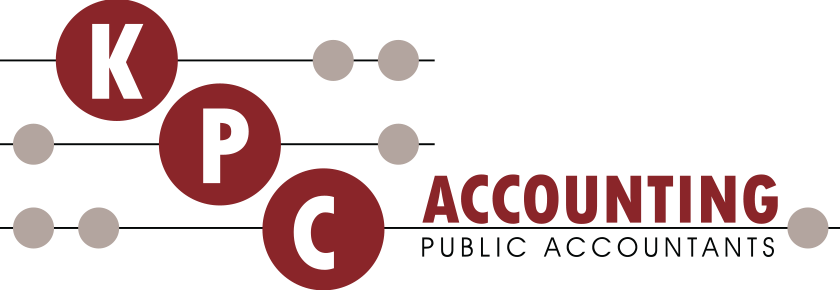Undisclosed income risks hefty asset betterment assessments

The ATO uses this principle to determine undisclosed income. It is most commonly applied
when dealing with businesses that operate in the cash economy – cafes, bars, laundromats,
etc. The net increase in a taxpayer’s financial position each year is tallied up and compared
with their tax return. Significant discrepancies probably arise from undisclosed income and
are investigated further.
When no supportable explanations exist, an assessment for the undisclosed amount is issued
– often with penalties and interest. And, it is a huge tax thereafter to have that reversed or
even scaled back. A huge task means a very costly task!
An asset betterment calculation is not a concept embodied in the tax law or any rulings.
Despite having no legal basis, the practice has stood up to scrutiny in the courts, even if the
asset betterment calculation is clearly wrong.
Where there are scant records, cash businesses and inconsistent information, an asset
betterment calculation may be the closest approximation of taxable income, notwithstanding
those items in the statement cannot necessarily be forensically linked to real transactions.





